- Bina Rumah Batu-Bata
- Zero Deposit
- Spesifikasi Rumah
- Lokasi Projek
- Pembiayaan LPPSA
- Garis Panduan LPPSA (Rasmi)
- Soalan Lazim LPPSA
- E-Book LPPSA (Download)
- 1. Apa itu LPPSA?
- 2. Kelebihan LPPSA
- 3. Syarat Kelayakan
- 4. Jenis-Jenis Pembiayaan
- Jenis 1 – Pembelian Rumah Kediaman Yang Telah Siap
- Jenis 2 – Membina Rumah Di Atas Tanah Sendiri
- Jenis 3 – Membeli Rumah Kediaman Yang Sedang Dibina
- Jenis 4 – Pembelian Tanah Bagi Pembinaan Rumah
- Jenis 5 – Melunaskan Keseluruhan/ Sebahagian Pinjaman Sedia Ada Daripada Bank/ Institusi Kewangan
- Jenis 6 – Pembinaan Rumah Kediaman Di Atas Tanah Yang Sedang Dibiayai Oleh BPP/ LPPSA
- Jenis 7 – Ubah Suai Rumah Yang Sedang Atau Telah Selesai Bayar Melalui LPPSA
- 5. Semak Kelayakan LPPSA
- 6. Dokumen Yang Diperlukan
- 7. Insurans/ Takaful LPPSA
- 8. Kos Yuran Guaman
- 9. BONUS: Bina Rumah
- Pembiayaan Koperasi
- Pengeluaran KWSP
- Bayaran Tunai
- Kalkulator
10 Passive House Design Tips to Keep Your Malaysian Home Cool and Comfy 😌🌡️ | RumahHQ
Hey there, fellow Malaysians! 🌴🌞 So, we all know how our tropical climate can really crank up the heat, making us wish for a cool breeze and comfy living spaces, right? Well, have you ever heard of the Passive House concept? It’s not just a fancy term; it’s all about creating homes that stay cool and cozy without relying too much on air conditioning. Imagine lounging in a home that feels like a refreshing oasis, even during the hottest days! In this article, we’re diving into 10 super practical Passive House design tips tailored just for our Malaysian homes. Whether you’re planning to build, renovate, or simply want to stay cool this season, these tips will help you create a space that’s easy on the planet and easy on your comfort. Let’s get started on transforming your home into a cool paradise! 🏡❄️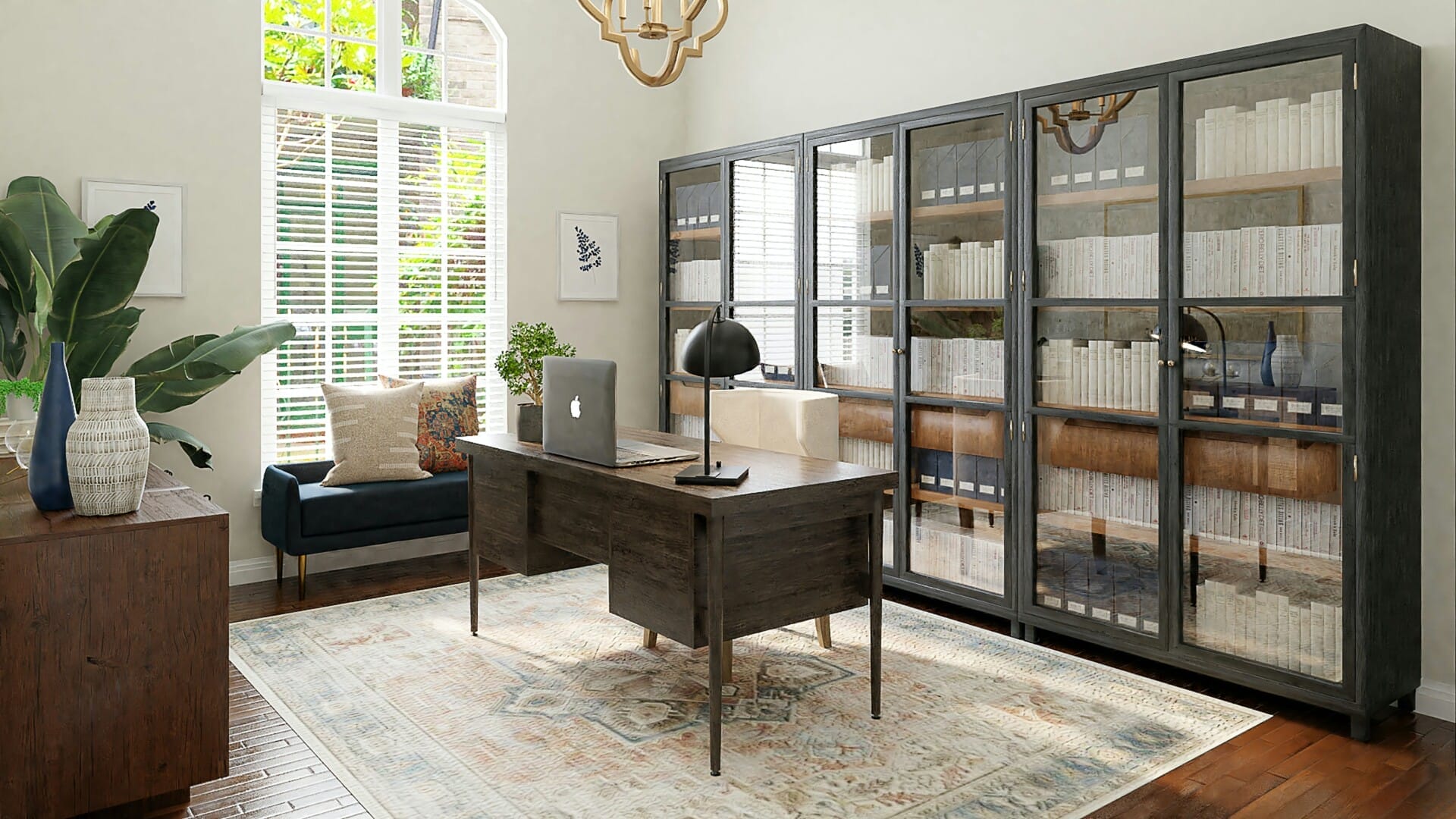
Maximizing Natural Ventilation for Fresh Air Flow
Creating a home that breathes can make all the difference in Malaysia’s humid climate. To ensure a continuous flow of fresh air, you’ll want to take advantage of natural ventilation. Positioning your windows properly is essential. Strategically placed openings can help capture the cool breezes and direct them through your living spaces. Consider these tactics:
- Cross Ventilation: Place windows on opposite sides of the room to create a corridor for air, allowing cooler air to flow in while pushing warm air out.
- Height Matters: Install high-level vents, transom windows, or louvered panels that can release heated air that accumulates near the ceiling.
- Overhangs and Eaves: Use shaded overhangs to block direct sunlight while still allowing breezes to enter, thus reducing indoor temperatures.
Don’t underestimate the power of local flora. Trees and plants can act as natural air filters while providing shade that cools your home. Using vegetation to create a windbreak can also help direct breezes toward house openings, enhancing natural airflow. Here’s a simple layout suggestion to illustrate how you might arrange your outdoor spaces for optimal ventilation:
| Area | Function |
|---|---|
| North-South Orientation | Captures prevailing winds and maximizes sunlight. |
| Landscaped Garden | Provides shade and acts as a natural air filter. |
| Patio Overhang | Blocks direct sunlight while allowing breezes to flow. |
With these design elements in mind, your Malaysian home can thrive on fresh air flow, creating a comfortable haven. Remember, the right combination of planning and local resources can keep your indoor environment cool and inviting, utilizing nature’s gifts to enhance your living experience.
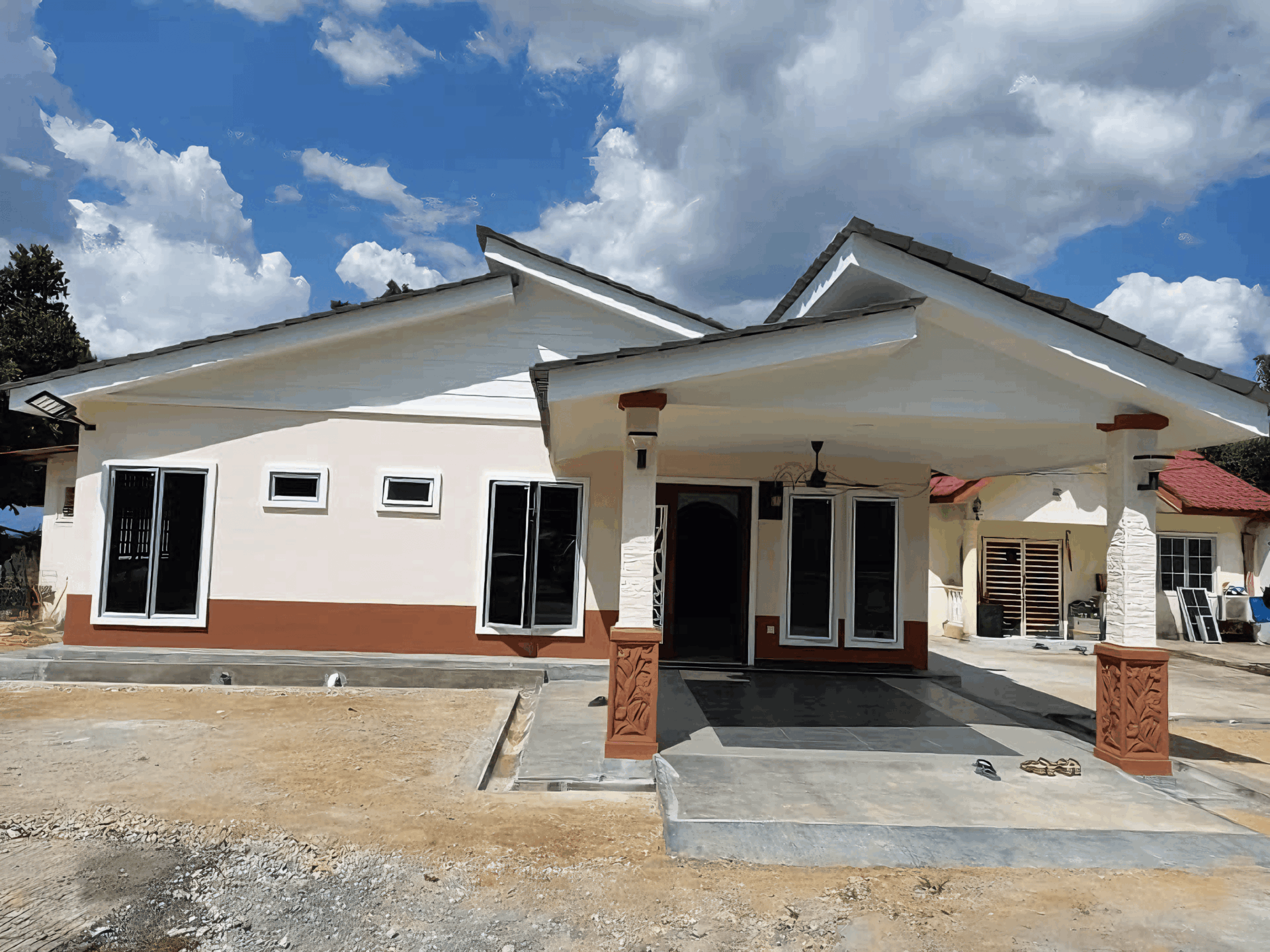
Harnessing the Power of Shade to Block the Sun
In Malaysia’s tropical climate, harnessing the power of shade can be a game changer for keeping your home cooler and more comfortable. One of the best ways to achieve this is by incorporating overhangs or shade structures into your home’s design. These architectural features not only add aesthetic value but can also block direct sunlight from hitting your windows, reducing indoor heat. Think of pergolas, awnings, or even shaded walkways that invite you to enjoy the outdoors without the scorching sun beating down on you.
Another effective method is to strategically plant trees and shrubs around your home. These natural shade providers can create a cooler microclimate, helping to lower the temperature in and around your property. Opt for deciduous trees that can provide significant shade in the hot months while allowing sunlight to warm your home during cooler seasons. For practical landscaping, consider planting trees on the west and east sides of your home to intercept the worst of the afternoon sun. Plus, that greenery offers a serene touch that’s hard to beat!
| Shade Options | Benefits |
|---|---|
| Overhangs & Awnings | Blocks direct sunlight, reduces indoor temperature |
| Pergolas | Adds outdoor living space, provides partial shade |
| Greenery | Cools the environment, enhances aesthetics |
| Window Films | Reduces solar heat gain, protects furnishings |
Installing adjustable shades or blinds inside your home can also work wonders. On particularly hot days, you can effortlessly control the amount of sunlight streaming in, without sacrificing your view. Combine these with reflective window treatments, and you’ll find yourself enjoying a more comfortable indoor climate. These solutions are often easier to implement and maintain compared to outdoor shade structures but can be equally effective in regulating heat. Trust us, your skin and wallet will thank you!
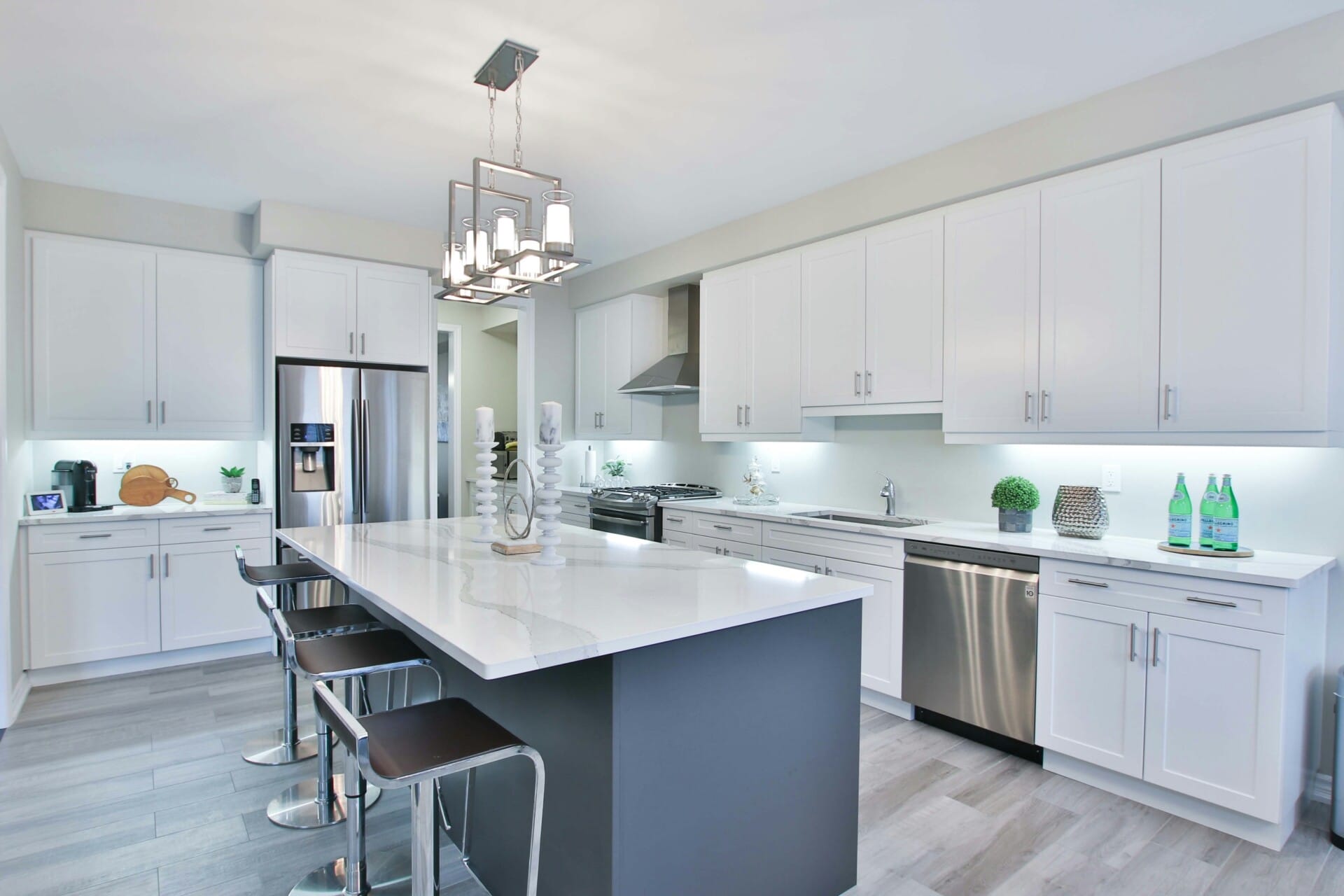
Selecting Energy-Efficient Building Materials for Insulation
Choosing the right materials for insulation can make a world of difference in your home’s energy efficiency. By focusing on sustainable options, not only do you cut down on energy costs, but you also contribute to a healthier planet. Look for materials that have a low thermal conductivity to keep your living spaces cool. Some popular options include:
- Recycled denim insulation: Offers excellent thermal performance and is eco-friendly.
- Cork board: A natural insulator that’s also water-resistant and great for regulating humidity.
- Cellulose insulation: Made from recycled paper, this material provides outstanding insulation while being both cost-effective and sustainable.
When picking your insulation materials, also keep an eye on their overall environmental impact. Some crucial factors to consider are:
| Material | Renewability | Energy Efficiency |
|---|---|---|
| Recycled Denim | High | Good |
| Cork | High | Very Good |
| Cellulose | Medium | Excellent |
In addition to performance and environmental concerns, don’t forget to consider local climate conditions. In Malaysia’s tropical setting, for example, you’ll want materials that not only provide insulation but also have moisture resistance and contribute to cooling your home naturally. By selecting carefully, you can ensure long-term comfort and savings in your energy bills. Let’s keep our homes comfy and cool while being gentle on our planet!
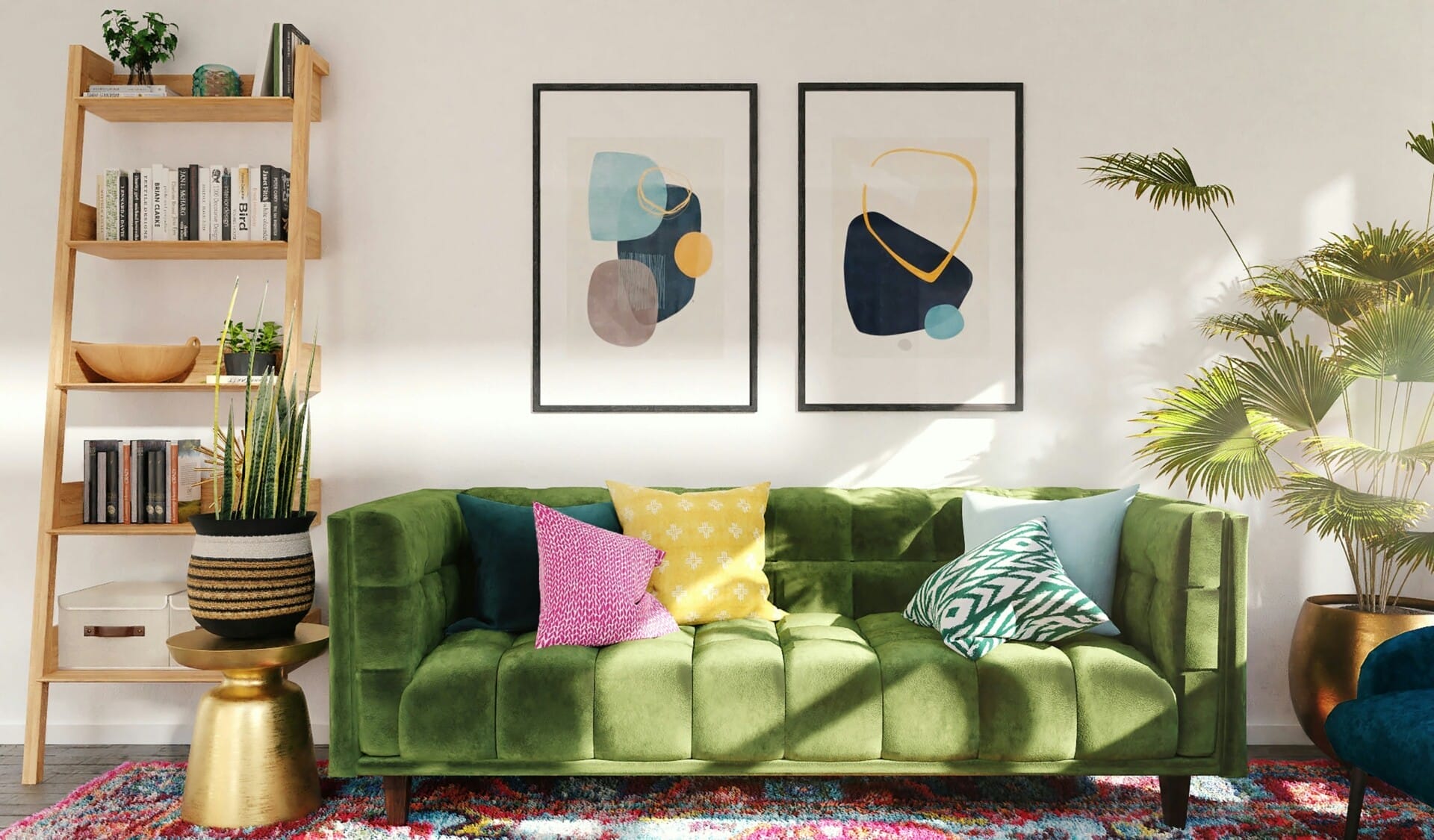
Incorporating Green Roofs and Vertical Gardens
Embracing the beauty of nature in your home design can make a significant difference in the comfort of your living space. Green roofs and vertical gardens not only add a touch of aesthetic appeal, but they also play a crucial role in temperature regulation. They create a natural barrier that reduces heat absorption, providing a cooler indoor environment while decreasing the need for air conditioning. This is especially valuable in the Malaysian climate, where warmth and humidity are part of daily life.
Imagine stepping out onto a rooftop garden, surrounded by lush greenery and vibrant flowers. This unique outdoor space not only enhances your lifestyle but also improves air quality and promotes biodiversity. Here are some benefits of incorporating these features into your home:
- Insulation: Green roofs provide natural insulation, keeping your home cooler in the hot months and warmer during cooler periods.
- Stormwater Management: They help absorb rainwater, reducing runoff and minimizing the risk of flooding.
- Energy Efficiency: Less reliance on cooling systems translates to lower energy bills.
- Wildlife Habitat: These gardens become sanctuaries for birds and insects, contributing to local ecosystems.
When designing these green spaces, consider using native plants that thrive in Malaysia’s tropical climate. They require less water and maintenance, making them environmentally friendly choices. Additionally, if you’re unsure about plant combinations, creating a simple table might help you visualize your options:
| Plant Type | Benefits | Care Level |
|---|---|---|
| Frangipani | Beautiful fragrance and low maintenance | Low |
| Aloe Vera | Air purifying and medicinal | Easy |
| Spider Plant | Great for hanging pots, drought-resistant | Low |
| Orchids | Colorful blooms, adds elegance | Moderate |
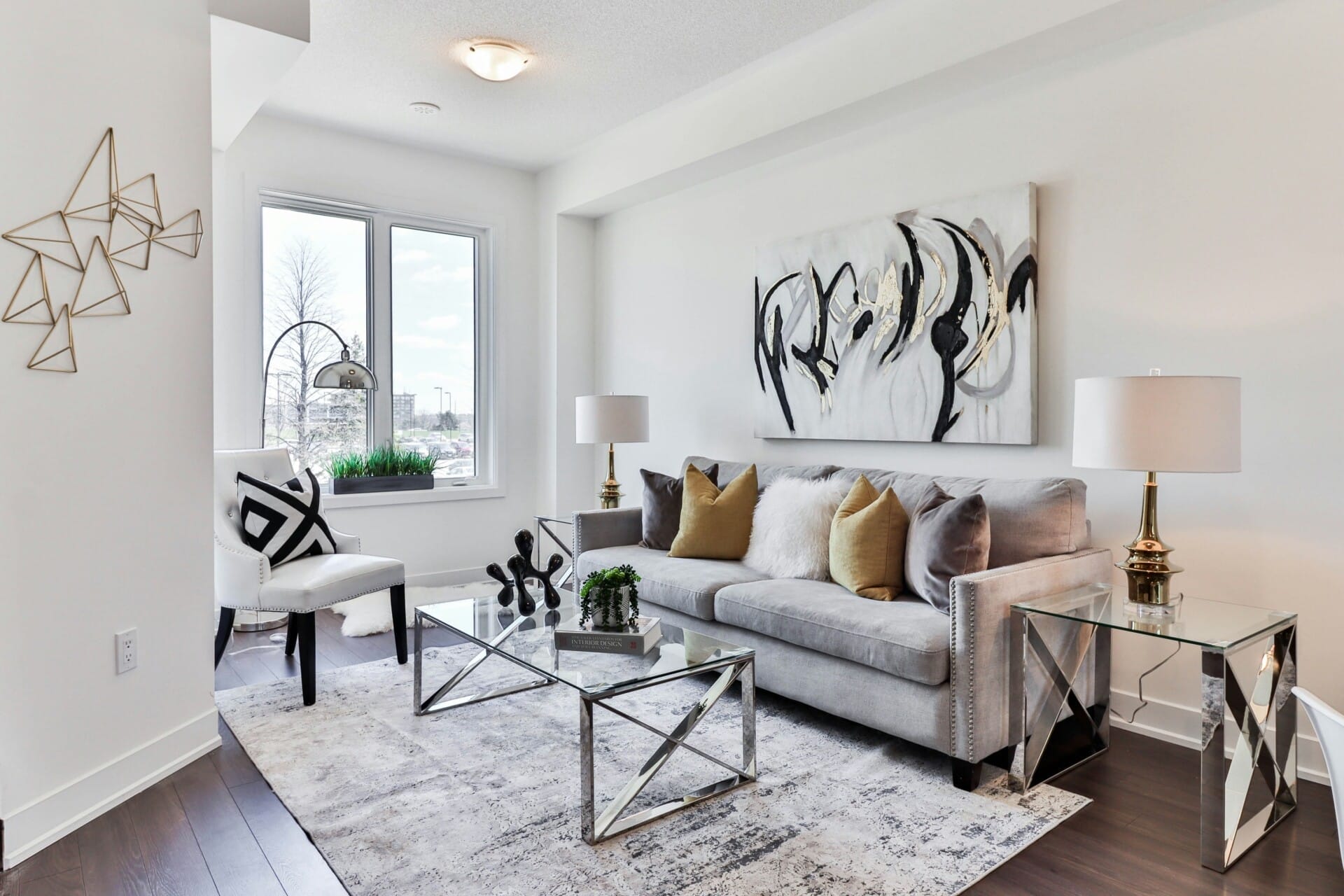
Designing with Strategic Window Placement for Optimal Light
When it comes to making your home feel cool and inviting, the placement of windows is absolutely crucial. In the Malaysian climate, where humidity can soar, it’s essential to position windows strategically to maximize natural light while minimizing heat gain. Think about angles and orientations; for example, large windows facing the north can bring in ample light without the direct afternoon sun’s harsh rays. Opt for overhangs or awnings that allow light in during the morning and block it later in the day, keeping the interiors cool.
Another nifty trick is to play with the sizes and shapes of windows. Consider using transom windows or clerestory windows to let light diffuse into the space without the sweltering heat. You might also want to leave wall sections without windows, allowing for some thermal mass in the home. This helps with maintaining coolness during the day and can also be a stunning design feature! For energy efficiency, double-glazed windows can significantly reduce heat transfer, ensuring your living space remains pleasantly comfortable.
Don’t underestimate the importance of landscaping. Positioning trees or tall plants near windows can act as natural shades, blocking the intense midday sun while still allowing for a flow of light. Here’s a simple table for quick reference on window placements and their benefits:
| Window Placement | Benefits |
|---|---|
| North-facing | Maximizes light, minimizes heat gain |
| South-facing | Lower winter heating needs, passive solar gain |
| East-facing | Bright morning light, cooler afternoons |
| West-facing | Intense heat in the afternoon, consider shading |
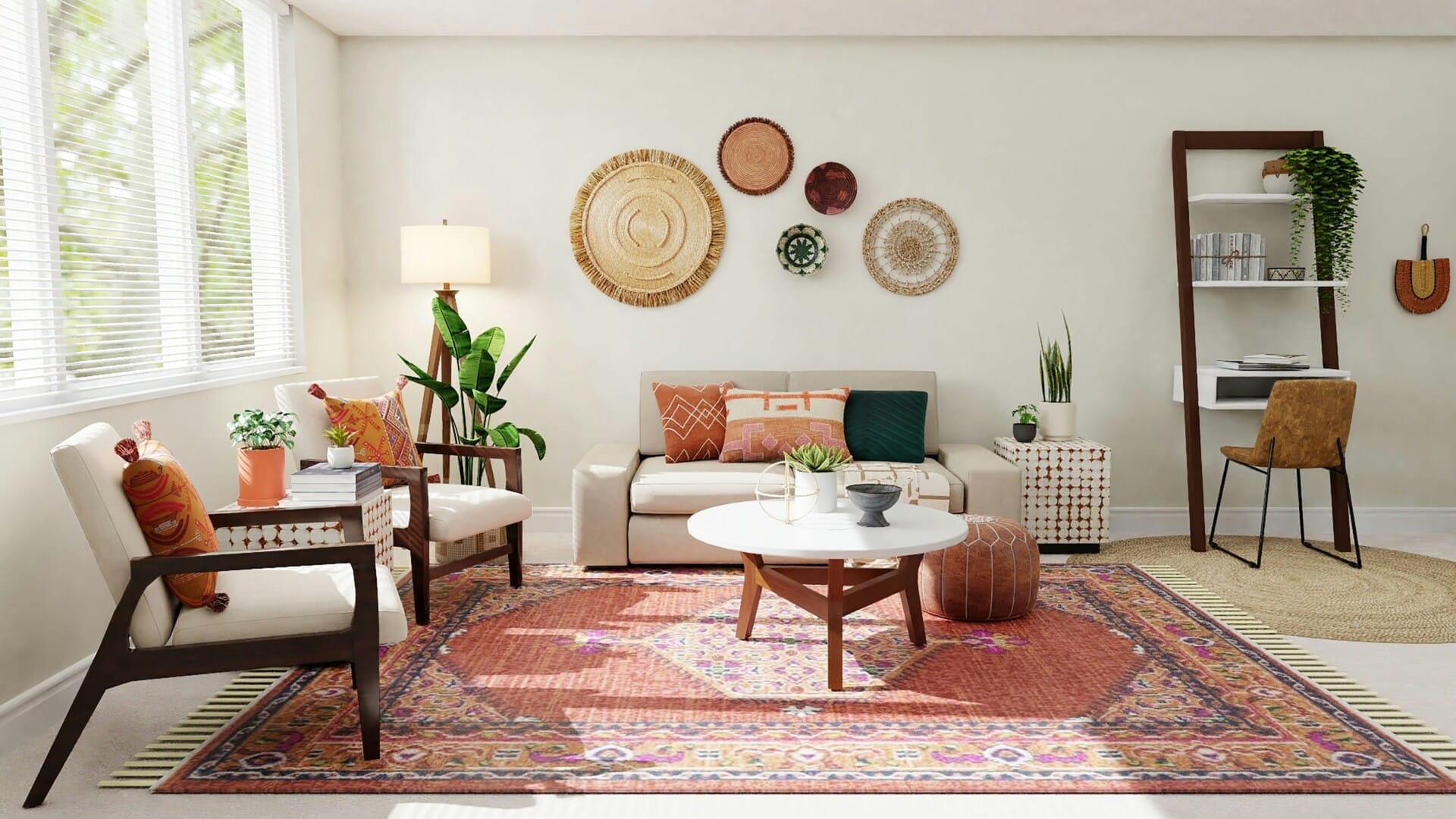
Utilizing Thermal Mass to Regulate Indoor Temperatures
One of the most effective methods to maintain a comfortable indoor climate in your Malaysian home is by incorporating thermal mass into your design. Thermal mass refers to materials that can absorb, store, and release heat. During the day, these materials gather warmth from the sun and at night, they gradually release the heat, balancing indoor temperatures and minimizing the need for mechanical cooling. In tropical climates like Malaysia, choosing the right materials can make a significant difference.
When planning your space, consider using dense materials such as:
- Concrete
- Brick
- Stone
- Adobe
These materials not only add aesthetic value but also contribute to the overall thermal strategy. Aim to place these materials in areas where they will receive direct sunlight during the day, such as walls or floors, allowing them to soak up heat and release it slowly as temperatures drop in the evening.
To optimize the effectiveness of thermal mass, you can also use strategic shading and ventilation. Combining these elements helps prevent overheating and keeps your interiors cool. For instance, utilize:
- Overhangs on windows
- Light-coloured exterior walls
- Natural breezeways
These approaches work in harmony with thermal mass, ensuring your home remains a comfortable sanctuary against Malaysia’s humid climate.
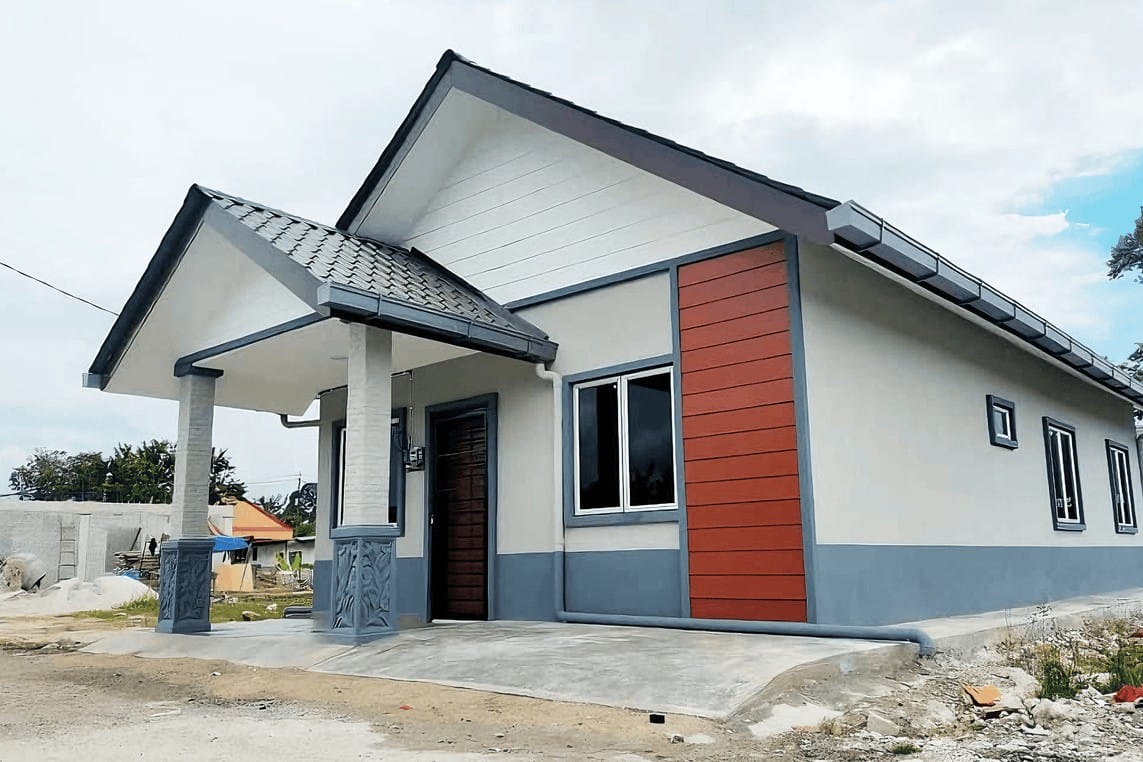
Implementing Smart Technologies for Energy Management
html
Incorporating smart technologies into your energy management strategy can dramatically enhance the comfort and efficiency of your home. Imagine having a system that automatically adjusts temperatures based on real-time data, ensuring that every corner of your house stays comfortably cool without you lifting a finger. The integration of smart home devices, such as smart thermostats and energy monitors, helps optimize energy usage to suit your lifestyle.
Consider these smart technologies for your energy management:
- Smart Thermostats: These devices learn your daily routines and adjust the temperature accordingly, saving energy without sacrificing comfort.
- Energy Monitoring Systems: Keep track of where your energy is going, helping you identify and eliminate wasteful practices.
- Smart Lighting: Automate lighting schedules or use motion sensors to ensure lights are only on when needed.
- Smart Blinds: Control your window coverings via an app; they can open or close based on the sun's position, keeping your home cooler.
To visualize the impact of these technologies on your energy consumption, here's a simple comparison of energy usage across traditional vs. smart systems:
System Type
Average Monthly Energy Usage
Potential Savings
Traditional System
800 kWh
-
Smart System
600 kWh
25%+
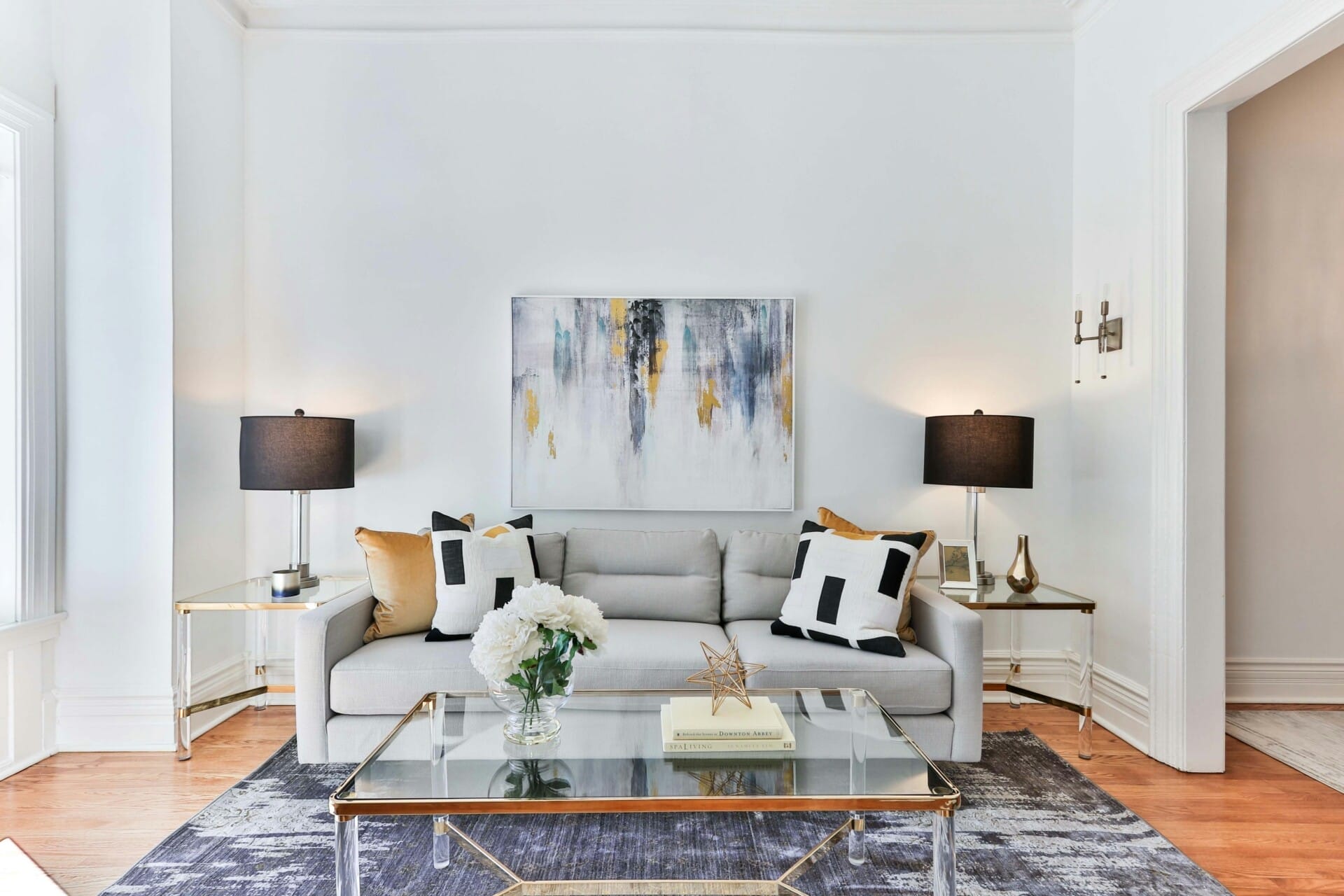
Creating Outdoor Spaces that Enhance Indoor Comfort
Integrating outdoor spaces with your home can create a seamless transition that enhances indoor comfort while keeping the heat at bay. Start by designing shaded patios and verandas where you can enjoy nature without being scorched by the sun. Use materials such as bamboo and other sustainable options to not only keep the area cool but also to add a touch of local aesthetic charm. Instead of completely sealing off your backyard, consider adding elements like horizontal slats or vertical gardens that allow for air circulation while creating a visual barrier against the sun’s harsh rays.
Next, think about incorporating green roofs or living walls that serve as natural insulators. These features not only absorb heat but also provide refuge for birds and insects, bringing a slice of biodiversity right to your doorstep. With the right plant selection, these spaces can thrive in the Malaysian climate while significantly reducing indoor temperatures. Some great low-maintenance options include ferns, pothos, and various types of succulents that require minimal upkeep while maximizing the cooling effect.
consider adding reflective surfaces like water features or light-colored stone pathways that can help bounce sunlight away from the house. These elements create an inviting ambiance while contributing to a cooler environment. Here’s a simple table showing the best plants for your outdoor space based on their cooling benefits:
| Plant | Cooling Benefit |
|---|---|
| Bamboo | Fast growth, provides excellent shade |
| Pandan | Commonly found, fragrant, and good shade |
| Fiddle Leaf Fig | Large leaves for effective air cooling |
| Lantana | Bright flowers that attract pollinators |
Key Takeaways
And there you have it—10 super handy Passive House design tips to help you keep your Malaysian home cool and comfy all year round! 🌬️☀️ From smart window placements to choosing the right insulation, these strategies can make a world of difference in how you live your everyday life.
Implementing even a few of these ideas can help reduce energy costs and make your space feel like a true oasis from the tropical heat. Plus, who doesn’t love a home that’s both stylish and sustainable? 😌✨
So, whether you’re building a new place or just looking to upgrade your current crib, keep these tips in mind. You don’t have to sacrifice comfort for efficiency—let’s make your home the coziest retreat it can be. Stay cool, fellow Malaysians! 🌴🙌🏽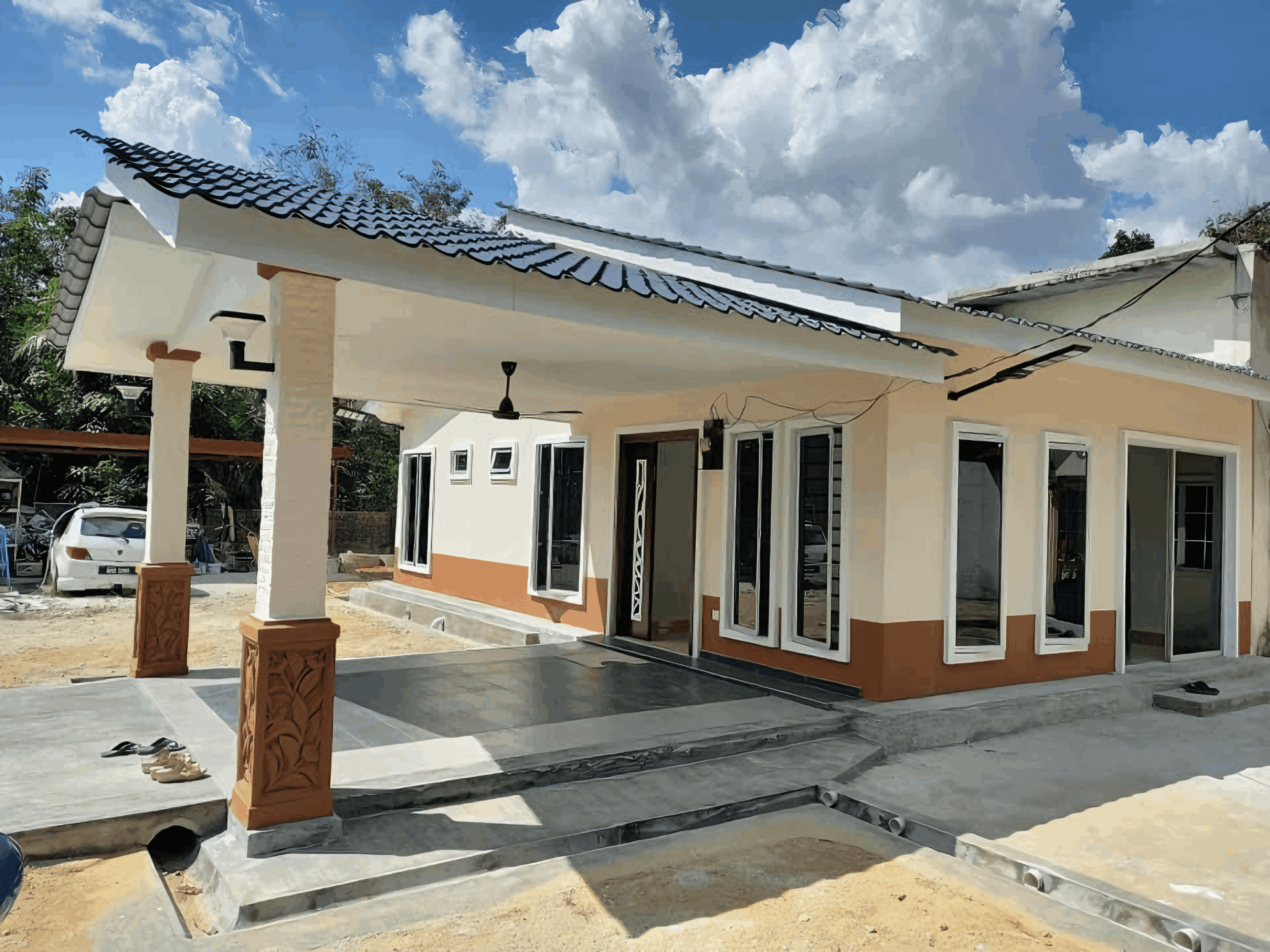
Source link
kontraktor rumah
bina rumah
pinjaman lppsa
pengeluaran kwsp
spesifikasi rumah
rumah batu-bata
pelan rumah
rekabentuk rumah
bina rumah atas tanah sendiri
kontraktor rumah selangor
rumah banglo



